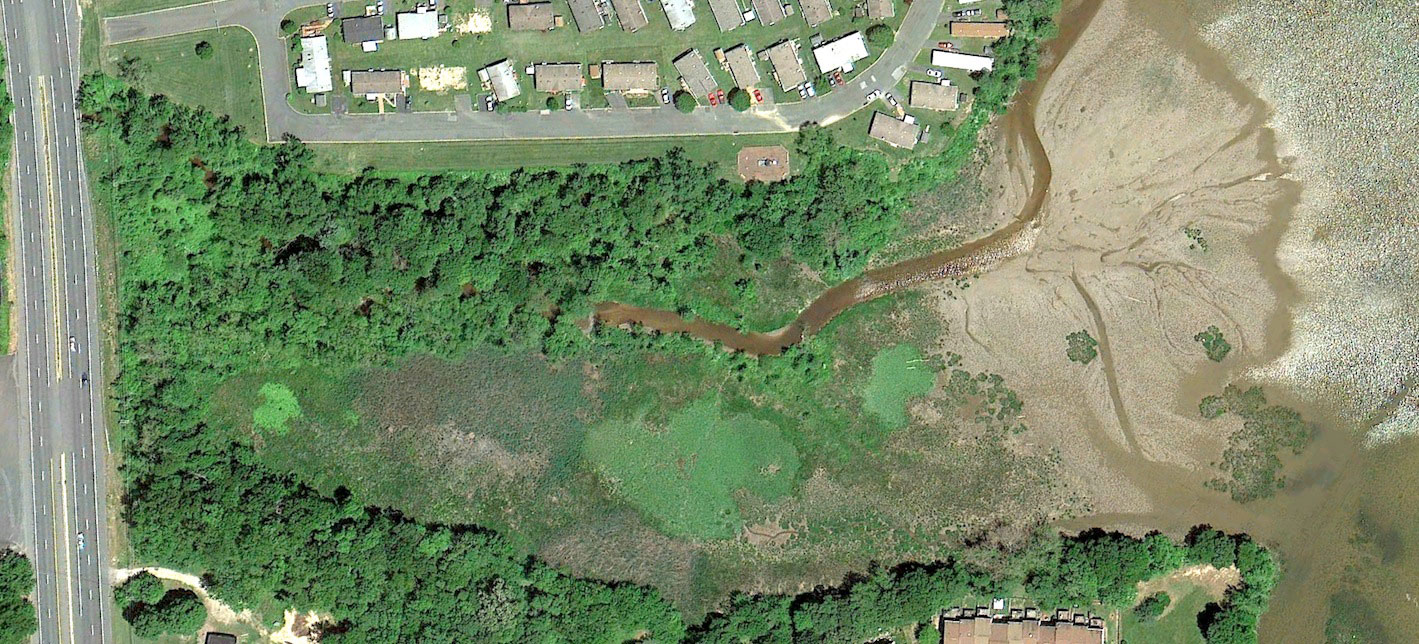Upper South Yuba
Participants
Gregory B. Pasternack, Anne E. Senter, Andy Bookter, Dylan Garner
Background
Society expects that science and technology should play a central role in balancing hydropower societal benefits with preserving healthy aquatic ecosystems in remote mountainous regions. River science is relatively young and rapid advances in data-collection, mechanistic-modeling, and spatial-analysis technologies are transforming assessment methodologies and the state of knowledge. The disparity between the latest advances in scientific river research and the use of relatively simple river assessment methods for management efforts, such as hydropower dam relicensing, has been growing.
Purpose
The primary goal of this study was to show the practical capability and cost-effectiveness of performing instream flow assessment of the physical conditions in a mountain river over a relatively large spatial extent and at a high resolution. Current practice today is based upon a very small sampling. On a practical level, this study served as a proving ground to find out what tools within the new paradigm are presently capable of meeting the needs of hydropower dam relicensing. Is it valuable to have ~1-centimeter (cm) resolution digital imagery of a river corridor? Can desktop personal computers handle simulations of rivers that require hundreds of thousands to millions of computational elements? Is it possible to overcome the technical challenges of complex methods and produce new scientific interpretations of river processes relevant to hydropower dam relicensing? These overarching types of questions motivated this scientific study.
Methods
The authors conducted analyses that yielded an interdisciplinary and spatially explicit perspective on the status of a ~12.2 kilometer testbed river segment on the South Yuba River between Lake Spaulding and the town of Washington, CA in the northern Sierra Nevada. The researchers investigated stage-dependent patterns and processes at multiple spatial scales of fluvial landform nonuniformity.
Results
The most important finding was that the geomorphology, hydraulics, and physical habitat of the river segment are linked across four spatial scales. Researchers identified a recurring pattern of discrete fluvial landforms at the scale of ~1-10 channel widths in length. The study linked hydraulics and the availability of preferred physical microhabitat for specific fish species’ lifestages to the observed pattern of morphological units, which were linked to reach attributes, which in turn were determined by segment-scale attributes. Perhaps the most important insight for river management was that integrating spatially explicit geomorphology, hydrology, hydraulics, and physical habitat characterization could improve instream flow assessment. Such integration would provide a foundation for quantifying current conditions, explaining their origins, and predicting what is necessary for their maintenance and/or improvement.
Publications
-
Pasternack, G. B. and A.E. Senter. 2011. 21st Century instream flow assessment framework for mountain streams. California Energy Commission, PIER. CEC-500-2013-059.


